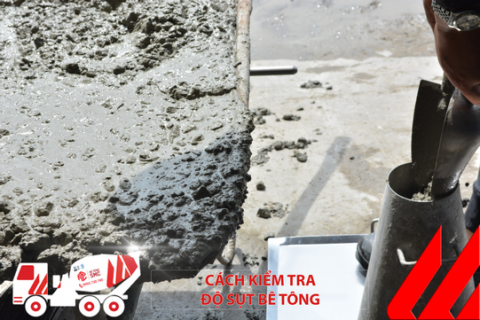Frequently asked Questions
Concrete engineering advice
Business contact
Distinguishing Different Types of Construction Stones
0x4 Stone Sample
With its characteristic rough surface, 0x4 stone has excellent bonding ability when mixed with cement mortar, making it superior to gravel. Therefore, it is widely used in construction projects, especially for road base courses, repairs, and road surface regeneration. 0x4 stone not only enhances the durability of the structure but also improves its load-bearing capacity, ensuring quality for all projects.
1x2 Stone Sample
1x2 stone has the advantage of having fewer impurities and flat particles, ensuring high durability when used. The stones are cleaned through screening and washing to make them ideal concrete aggregates.
Common sizes for 1x2 stones today include 10x16mm, 10x22mm, and 10x28mm, meeting the diverse needs of construction.
Due to its excellent bonding with cement and strong compressive strength, 1x2 stone is commonly used in concrete slab pouring. It is also used in mixing with hot asphalt or ready-mix concrete for road construction and other building projects.
3x4 Stone Sample
Additionally, 3x4 stone is applied in road construction, where high load-bearing capacity and long-term durability are required. Its exceptional characteristics make it an ideal choice for projects requiring stability and impact resistance.
4x6 Stone Sample
With relatively uniform size, 4x6 stone has excellent compressive strength, making it ideal for construction projects such as foundation concrete layers, increasing the project's longevity. This stone also has moderate abrasion resistance, good adhesion to asphalt, and good chemical durability, making it suitable for creating road surfaces or as concrete aggregate for traffic infrastructure.
5x7 Stone Sample
crushed stone
Dust stone, or stone powder, is a type of fine stone with sizes smaller than 5mm, formed as a byproduct in the production of other stones through crushing. With its smooth, lightweight, and shiny structure, dust stone can replace sand in many construction applications, saving costs while ensuring the quality of the project.
Due to these properties, dust stone is increasingly used in various construction technologies. It is often used as a base for floor tiles, in concrete pipe production, and as an additive for other construction materials, improving efficiency and durability.
Sanded Stone (0x5)
Today, sanded stone is commonly used in producing block tiles, floor tiles, and as a base for floor tiles, enhancing both durability and aesthetics for construction projects. Additionally, it is used as an additive in hot and cold asphalt concrete, as well as directly spread over road surfaces to improve the quality and durability of traffic infrastructure.
Hock Stone
In construction, hock stone is commonly used for building house foundations, especially in residential projects or areas with rocky terrain. However, when using hock stone, it is important not to apply it in areas with unstable soil layers, as this may affect the stability and quality of the project.
Other news
Currently, ready-mix concrete is a top choice for many construction projects—both large and small—thanks to its convenience, consistent quality, and high construction efficiency. With extensive experience supplying commercial concrete for numerous key projects in the Southern region, SMC proudly offers a diverse range of ready-mix concrete products to meet the technical requirements of every type of construction.
A Comprehensive Guide to Concrete Specs – Everything You Need to Know
A Complete Guide to Concrete Specs – a set of technical parameters including concrete grade, slump, compressive strength, aggregate size, and mix ratio. This article helps you understand how to define, apply, and control concrete quality according to TCVN standards and practical construction conditions.
How to check the concrete slump
In construction and civil engineering, concrete slump test (or simple slump test) is the work performed at the construction site or in the laboratory that usually determines and measures the hardness, consistency of samples. Concrete before pouring concrete or casting maintenance, research or experiment samples.




